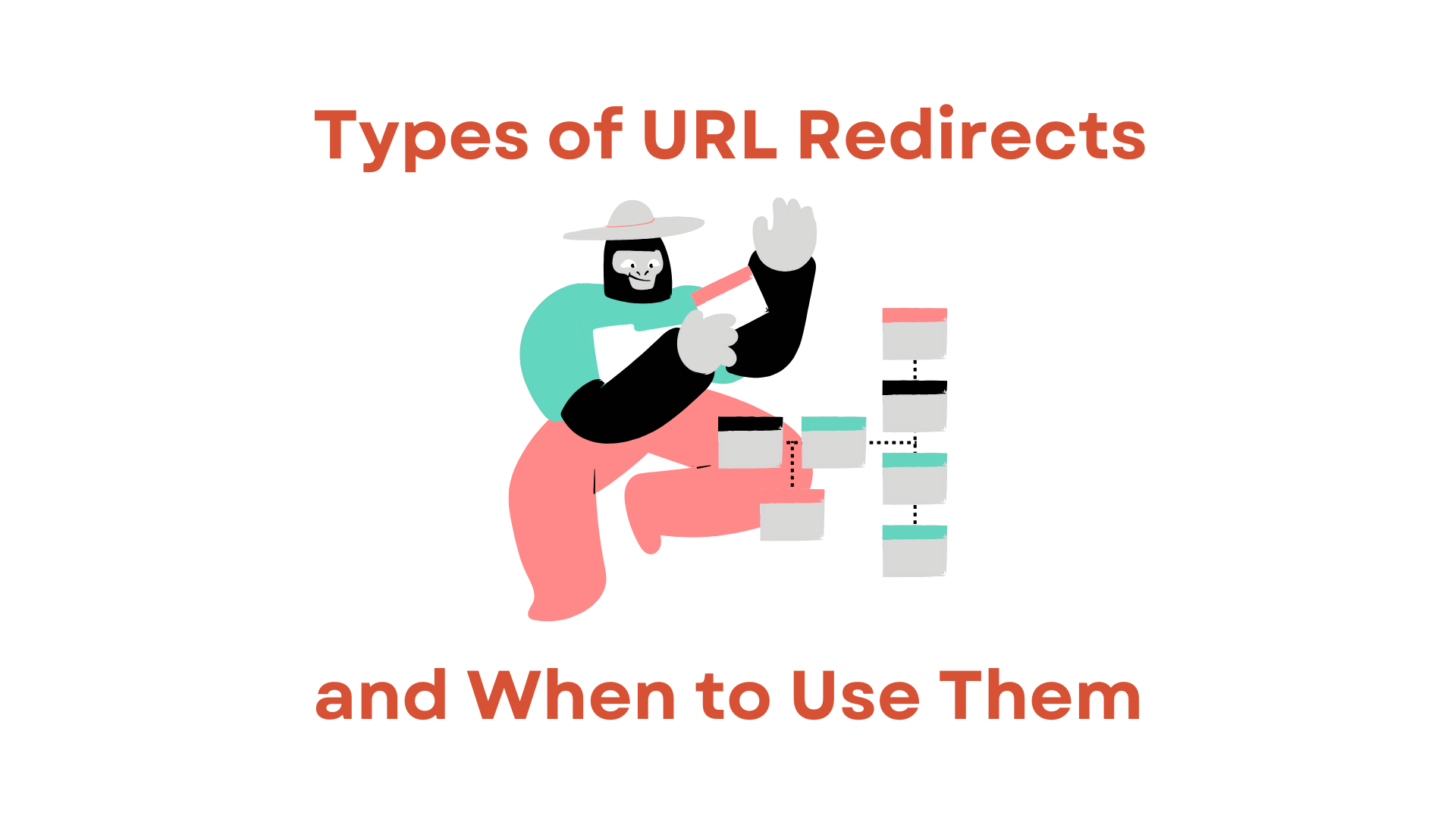In the ever-evolving landscape of web traffic management, efficient URL redirection has become a critical component for businesses and website owners.
Redirecting traffic from one URL to another is fundamental for various purposes, such as rebranding, ensuring a seamless user experience, and improving SEO. Among the many redirection techniques available, subdomain wildcard redirects have emerged as a powerful tool for handling traffic in a versatile and dynamic manner.
Let’s explore analyzing traffic with subdomain wildcards redirects in detail.
Understanding Subdomain Wildcards Redirects
Before delving into the traffic analysis with subdomain wildcards redirects, let’s first grasp the concept. Subdomain wildcard redirects involve setting up redirection rules for any subdomain of a particular top-level domain (TLD).
You can configure a single redirect rule that affects all subdomains under a specific domain.
For example, if you own the domain “example.com” and you set up a subdomain wildcard redirect, such as “*.example.com,” it means that any subdomain, be it “blog.example.com,” “shop.example.com,” or “info.example.com,” will be subject to the same redirection rule.
This approach offers immense flexibility and control over managing your web traffic.
Also Read: What is a redirect? Explain the difference between each redirect and SEO effect
Use Cases for Subdomain Wildcards Redirects

· Efficient Multi-Site Management
Imagine you have multiple microsites or regional versions of your website, each hosted on its subdomain. Managing individual redirection rules for each subdomain can be cumbersome and error-prone. Subdomain wildcard redirects simplify this by allowing you to apply a single rule that redirects all subdomains to their respective destinations.
· Dynamic Content Distribution
In cases where you want to distribute traffic randomly or sequentially across various landing pages or promotional sites, subdomain wildcards redirect shine. You can set up rules to redirect users to different subdomains or URLs each time they visit, facilitating A/B testing or evenly distributing traffic among marketing campaigns.
· Error Handling and Brand Protection
Subdomain wildcard redirects also serve as a powerful tool for error handling and brand protection. You can configure a default redirect to a specific page or location to handle situations where users access non-existent subdomains or misspelled URLs. This prevents users from encountering frustrating 404 errors and helps protect your brand reputation.
Analyzing Traffic with Subdomain Wildcards Redirects
Once you’ve set up subdomain wildcards redirects, you must analyze how your web traffic behaves under these rules. Here are some key aspects to consider:
1. Traffic Distribution
One of the primary benefits of subdomain wildcard redirects is the ability to control traffic distribution. By redirecting users to different subdomains or URLs randomly or sequentially, you can gain insights into which destinations are more effective regarding user engagement and conversion rates. Analyze traffic patterns to optimize your marketing strategies.
2. Error Tracking
Monitoring and tracking errors is crucial for a seamless user experience. Monitor the redirection process to identify any issues that might lead to mistakes. With subdomain wildcards redirects you can quickly set up a default error handling page to guide users to relevant content and maintain a positive user experience.
3. Brand Consistency
By redirecting all subdomains consistently, you ensure a cohesive brand experience for your users. Analyze user feedback and behavior to assess the impact of brand consistency on user trust and engagement.
4. SEO Impact
Analyze the SEO impact of your subdomain wildcards redirects. Measure changes in search engine rankings, traffic flow, and click-through rates. Ensure your redirection strategy aligns with your SEO goals and doesn’t negatively affect your search engine visibility.
Also Read: 5 Best Situations When A Redirect Can Help Your SEO
Managing Subdomain Wildcards Redirects With RedirHub
To simplify the process of managing subdomain wildcards redirects and gain access to advanced redirection features, consider using a robust redirection service like RedirHub. RedirHub offers a comprehensive suite of tools for URL redirection, including support for subdomain wildcard redirects.

With RedirHub, you can easily set up and manage redirection rules, track traffic analytics, and ensure a seamless user experience across your subdomains. Their platform provides features like automatic HTTPS support, real-time changes, multi-user team support, and API integration, making it a valuable asset in optimizing your web traffic management strategies.
Final Thoughts
So, subdomain wildcard redirects offer a powerful and flexible way to manage web traffic efficiently. When combined with a reliable service like RedirHub, you can leverage the full potential of these redirects to enhance user experiences, drive engagement, and achieve your digital success.




